Discover how to create truly engaging video-based learning experiences. From planning, to production, to keeping learners hooked, we run down everything you need to know.
Remember the last time you wanted to learn something new – maybe how to fix something around the house, improve a skill, or understand a tricky topic? Chances are, you went straight to a video.
Why? Because videos make learning easier. You can see what’s happening, follow along at your own pace, and feel like someone is right there, guiding you. It’s more personal, more visual, and often, more effective than reading pages of text.
That’s exactly why video-based learning has become so popular, especially with more people learning from home or balancing busy schedules.
In this post, we’ll explore how you can create a successful video-based learning experience, one that truly connects with your audience and helps them reach their goals.
If you're ready to teach, inspire, and make your lessons stick, then this post is for you.
What Is Video-Based Learning?
Video-based learning is exactly what it sounds like: learning delivered through video content.
It can range from simple screen recordings and talking-head lessons to full-blown video series with animations, quizzes, and interactive elements.
The goal is to teach a concept or skill in a way that’s visual and easy to follow.
Unlike traditional learning methods that rely heavily on textbooks, lectures, or written materials, video learning brings subjects to life.
It allows learners to see how something works, hear explanations, and replay parts they didn’t quite catch the first time.
And it’s no surprise that video-based learning is gaining serious momentum. Studies show that people retain 95% of a message when they watch it in a video, compared to just 10% when reading it in text.
Plus, a recent report revealed that 91% of businesses use video as a marketing tool, and many also use it for internal training and customer education.
As more learners turn to flexible, on-demand education, video-based learning continues to grow in popularity.
It’s accessible, scalable, and effective, making it a smart choice for course creators and educators looking to make a real impact.
Why Video-Based Learning Works
The power of video-based learning lies in video's ability to capture and sustain our attention. And now, that's bigger challenge than ever.
The average human attention span has been said to have decreased to 8.5 seconds from 12 seconds in the last 2 decades – lower than that of a goldfish. Crazy!
Short form videos like YouTube Shorts, Instagram Reels, and TikTok, cater to our decreasing focus (and some studies even suggest are responsible for it!)
Online educators are switching up how they deliver their content to align with these new trends instead of battling against them.
Video also commands your attention in a way that written text simply can't. You might be skim-reading this article, but videos don't give you that option.
And because you have to stay with it (watching, listening, absorbing) your brain is already more engaged than it would be skimming through a wall of text.
When you watch a video, you’re stimulating multiple senses at once: you’re seeing visuals, hearing explanations, and often following along with demonstrations. This multi-sensory approach is a powerful way to help information stick.
Key Elements to Have in Your Video for an Effective Video-Based Learning Experience
Yes, videos are great! But how do you keep your students hooked when watching your course videos?
Here are some key elements that will make your courses thought-provoking, educational, and not boring.
1. Set a Clear Learning Objective
Let your students know what to expect in the course they are about to watch.
This will help them stay focused and motivated because they know that (for example) your course on ‘How To Stay Fit,’ will teach them the right meals to eat, how many walks to take in a day, and the type of exercises to do.
Let them know what they stand to gain with your course right from the beginning.
Start each lesson by briefly stating what they'll learn and how it applies in the real world.
2. Make Your Visuals and Storytelling Captivating
To really give your video added staying-power, add text, animations, sound, and images that help tell the story effectively.
Use real-world examples, on-screen demonstrations, or simple whiteboard drawings to keep things interesting.
Think of all those YouTube videos you enjoy watching. What draws you in?
Take a look at one of our videos as an example:
There are sound effects, live demonstrations and background music playing. And not just any music, it’s a sound that makes you curious and excited.
These elements are subtle but when they come together, they make your video easy to understand. This is what text-based learning lacks.
Lastly, don’t underestimate the power of a good story, personal experiences or relatable scenarios can help your message stick.
3. Make Your Videos Accessible and Mobile-friendly
Your students should be able to access your content anytime, anywhere – on a phone, tablet, or desktop. Make sure your videos are responsive and mobile-friendly so they look and play great on any screen.
And don’t forget about accessibility. Add captions or subtitles for learners who are hard of hearing, non-native speakers, or anyone watching without sound.
Clear visuals, readable fonts, and straightforward language also go a long way in making your content more inclusive.
4. Break Down Your Videos with Microlearning
Long videos can feel overwhelming for students. Set up microlearning modules that break down complex topics into short, focused video lessons, ideally under 10 minutes.
This makes learning feel more manageable and helps learners absorb information at their own pace.
Other Elements to Consider…
Aside from the actual content on your videos, there are a couple of ways you enhance your course and support your video content to make it even more engaging:
Include Interactive Elements
A way to make sure students are paying attention to your video assignments is to add in interactive content such as pop quizzes or assignments.
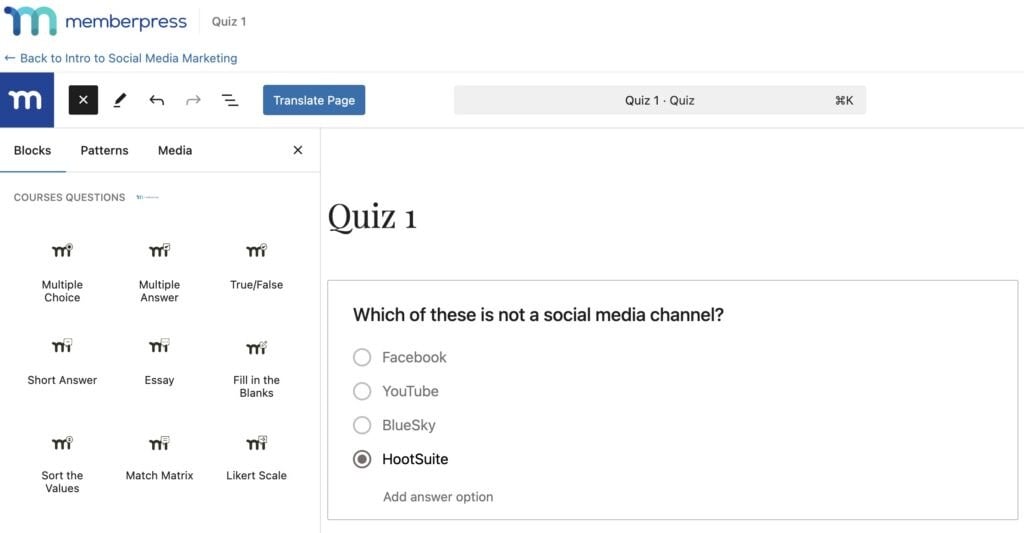
Let them know at the top of the video that they'll be tested on it so that they pay more focussed attention on absorbing your material.
You might also want to add in a private discussion forum for peer learning so your students can ask each other questions about your lessons and inspire and encourage progression in your course.
Take a closer look at that video above again to learn about the community features of MemberPress!
Add Gamification to Make Learning Fun
A little friendly competition goes a long way. Use features like points, badges, leaderboards, and progress tracking to encourage engagement and reward progress.
It gives learners a reason to keep going, and a sense of accomplishment along the way. You can also take it up a notch by giving course discounts or other types of rewards to students on the top leaderboard.
How to Create High-Quality Video-Based Learning Content
You don’t need a big budget or a film crew to create high-quality learning videos.
With the right approach – some planning, and a few reliable tools for editing and production, you can produce videos that are clear and effective.
1. Production: Choose the Right Equipment,
You don’t need to go overboard with gear, but a few basics can make a big difference:
- Camera: A good smartphone or webcam works perfectly for most course creators.
- Microphone: Invest in a simple external mic to ensure your voice is crisp and clear.
- Lighting: Use natural light when possible. For more control, try a ring light or desk lamp with a soft bulb.
- Background: Choose a quiet, clutter-free space so your learners can focus on you, not the distractions behind you.
If you’re doing screen recordings or presentations, tools like Loom or ScreenFlow make it easy to capture and narrate your process.
2. Editing: Enhance With Visuals and Keep It Clean
Editing helps turn a good video into a great one. After filming your content, use this stage to:
- Trim pauses or stumbles.
- Add captions or text overlays to highlight key points.
- Include visuals or animations to reinforce learning.
- Use transitions to keep things flowing smoothly.
Top Tools for Editing Video Content
Screencast-O-Matic: Simple and beginner-friendly. Great for screen recordings, trimming, and adding captions quickly.
FlexClip Video Maker: Cloud-based and easy to use, with templates and drag-and-drop tools perfect for course creators.
CapCut: Mobile-friendly and great for fast editing on the go – ideal for social teasers or lesson previews.
DaVinci Resolve: A professional-grade editor that’s surprisingly free for most features – great for color correction and cinematic effects.
Canva Pro: Not just for graphics! Use it to create animated lessons, video intros, and simple edits with drag-and-drop ease.
You don’t need fancy effects, just clean, simple editing that supports your teaching. And remember: sometimes, less is more. Keep it clean, clear, and learner-focused.
3. Delivery: Tools & Platforms for Video-Based Learning
After getting the right equipment for your video, it’s important to know what platform you want to host your course content.
If you're building an online course with video content, MemberPress Courses gives you everything you need and more to create a smooth experience for your learners.
MemberPress is a WordPress plugin that gives you all the tools you need to incorporate the key elements we mentioned earlier, into your video.
It includes:
- An Intuitive Course Builder: MemberPress Courses comes with a user-friendly drag-and-drop course builder that makes organizing your content a breeze, with no coding required.
- Create a course with as many video lessons, text-based supporting lessons and downloads as you like.
- Add quizzes to test your students' knowledge and absorption of materials.
- Drip course content at regular intervals to keep up engagement and prevent student overwhelm.
- Powerful Membership Controls: Since MemberPress is also a full-featured membership plugin, you can easily manage who sees what, and when. You get fine-grained control over access, pricing tiers, and more, way beyond what standard LMS plugins offer.
- Tons of Integrations: Want to boost your course's appeal with surveys, custom questionnaires, a community forum and gamification? MemberPress integrates with tools like Formidable Forms, BuddyBoss, GamiPress and many others, so you can easily expand your learning experience.
Plus MemberPress integrates with major email service providers and payment gateways so you can keep communication and revenue flowing.
With all these features under one roof, MemberPress makes it easy to launch and grow your video-based course, whether you’re just starting or scaling up.
4. Protection: Prevent Piracy and Illegal Downloads
MemberPress lets you protect your content so that it's only visible to paying members. But you can go a step further to prevent a sneaky member from sharing your video content with non-paying members.
MemberPress integrates with VdoCipher to protect your content from video piracy, unauthorized downloads, and screen recording without compromising the quality of your videos.
5. Distribution: Get Your Videos to the Right People
Once your videos are ready and published, it’s time to get the word out. Share on social media, create marketing strategies, and course Ads to get your work before your target audience.
Check out these 50 simple ways to market your online course.
Start Creating Immersive Video-Based Learning Today
Video-based learning has changed the way we teach and learn, and for good reason. It’s flexible, visual, and highly effective.
Whether you're helping people grow professionally, teaching a hobby, or training a team, video helps you connect in a way that feels personal and impactful.
And the best part? You don’t need to be a video expert to get started. With the right tools and a platform like MemberPress, you can create a learning experience that’s polished, interactive, and fully under your control.
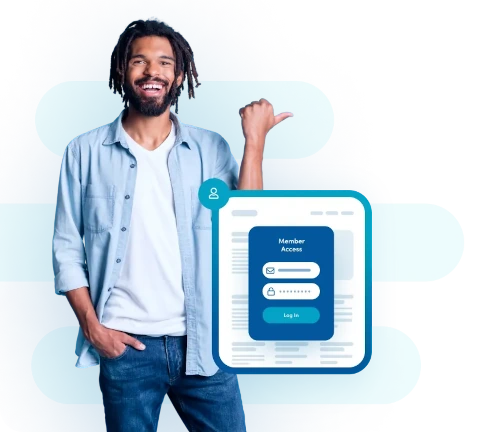
Get MemberPress Today!
Start getting paid for the content you create.
Video creation does not have to be complex and stressful, check out the tools, equipment, and platforms we listed in this article to start creating your online course today.
Got any questions about video-based learning? Let us know in the comments below.
If you found this article helpful, follow us on Facebook, Twitter, Instagram, and LinkedIn!






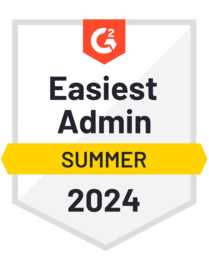
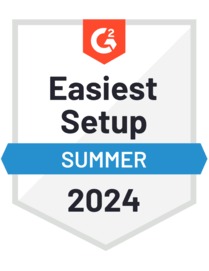



Video-based learning is definitely a powerful way to engage learners—great insights in this post!
Thank you, Arslan. I’m glad you found it insightful!